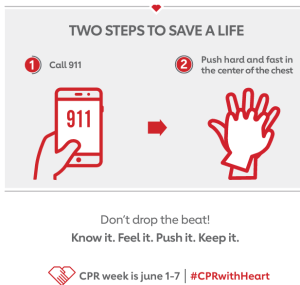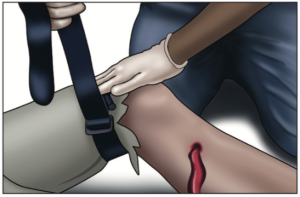Winter Readiness and Emergency Preparedness: A ProAction Guide for El Paso Residents
In El Paso, where winter may not bring heavy snowfall but certainly introduces a drop in temperature and unique seasonal challenges, being prepared takes a distinct shape. At ProAction Emergency Services Institute, we’re committed to equipping our community with the knowledge and skills necessary for safety and readiness. With our specialized courses in CPR, first aid, Stop the Bleed, and EMT training, we’re here to ensure that El Pasoans are prepared for any emergency this winter.
Preparing for Winter in El Paso: Unique Needs for a Unique Climate El Paso’s winter climate, characterized by its cooler temperatures and occasional cold snaps, requires a specific approach to preparedness. While we might not face blizzards, the colder months can still bring health risks and emergencies that demand immediate and knowledgeable response.
The ProAction Advantage: Tailored Training for Winter Emergencies Our range of courses is designed to address the types of emergencies that might arise during the El Paso winter. Here’s how ProAction prepares you for the season:
- CPR and First Aid Training: Essential skills that can save lives in the event of winter-related health emergencies, such as heart problems exacerbated by colder temperatures.
- Stop the Bleed: A crucial course that empowers individuals to provide immediate bleeding control, which is vital in any accident or injury scenario, including those that might occur during winter activities.
- EMT Courses: For those looking to take their emergency preparedness to the next level, our EMT courses offer comprehensive training on responding to a wide range of medical emergencies.
Winter Safety Tips for El Paso Residents:
- Stay Informed: Keep an eye on local weather forecasts to prepare for any sudden temperature changes.
- Emergency Preparedness Kits: Equip your home and car with emergency kits that include water, non-perishable food, blankets, and first-aid supplies.
- Protect Against the Cold: Dress in layers and protect yourself from the chill, especially during early mornings and late evenings.
- Vehicle Readiness: Ensure your car is serviced and ready for winter, with a special focus on battery checks and tire inspection.
- Home Heating Safety: Use heating devices wisely to prevent fire hazards and ensure that your home is warm and safe.
Engaging with the El Paso Community ProAction is more than a training institute; we are an integral part of the El Paso community, dedicated to enhancing safety and preparedness. We encourage residents to participate in our courses, not just for their own safety, but for the well-being of their families, friends, and neighbors.
As we embrace the winter season in El Paso, let’s take proactive steps towards safety and preparedness. With ProAction Emergency Services Institute by your side, you have access to top-tier training and resources designed to empower you and your loved ones. Together, we can face the winter months with confidence, knowing we’re prepared to handle any emergency that comes our way.
Stay Warm, Stay Safe,
The ProAction EMS Team



